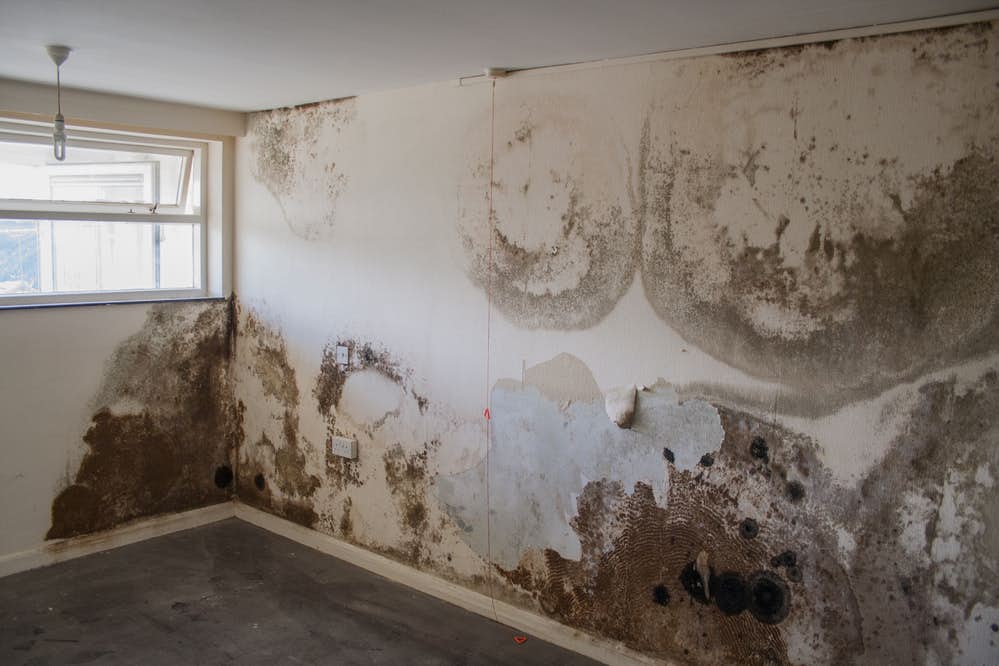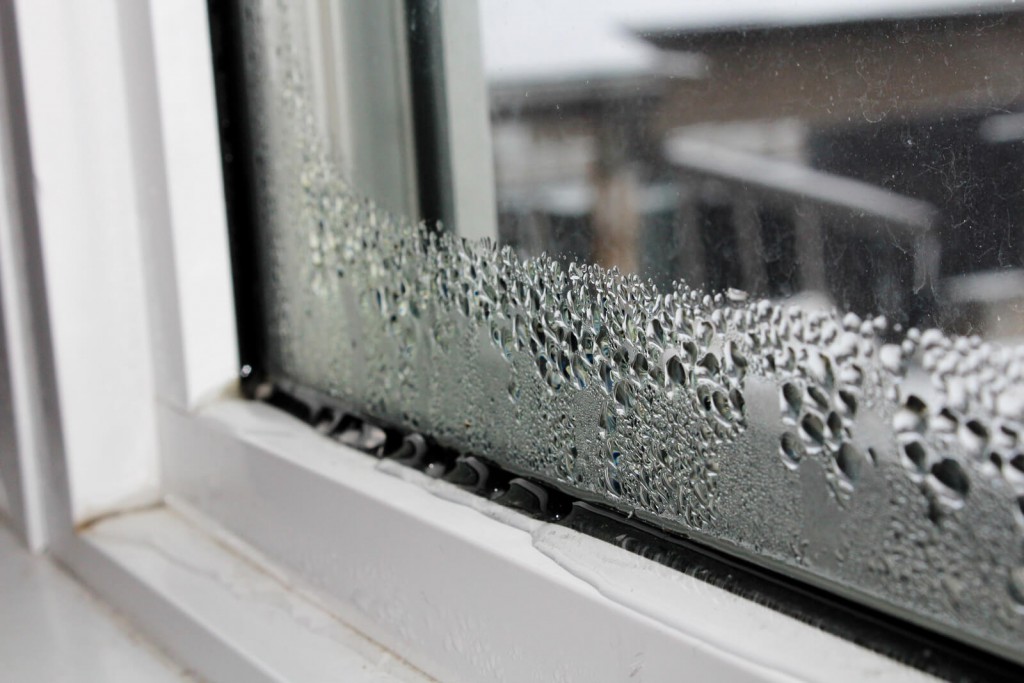
Common Damp Problems
Penetrating Damp
This is when water enters the structure in one of the following ways
- Via roof leaks, these can be tricky to trace because the water may run down roof rafters and the damp showing on the wall or ceiling can be a long way from the source of the actual leak
- Through masonry cracks, these are often cracks on the tops of parapet walls or other horizontal surfaces
- Defective waterproofing behind showers, baths or sinks
- Defective seals around windows and doors
Rising Damp
This is when ground water seeps up into the walls. There are usually two possible causes of rising damp
- Failed or absent damp proof course(DPC). A DPC layer of plastic, malthoid or slate between the foundation and the bottom of the wall. Just like water can “wick” up a piece of string, so also ground water can rise up within a masonary wall – usually to a maximum of 1.2m before gravity halts its upward progress
- Incorrect outside ground levels. If the level of the outside ground is higher than the damp proof course, then water accumulating against the walls can seep into the walls then wick upwards
Condensation
Moist air – mostly in warm, badly ventilated bathrooms or bedrooms – will condense on walls and other cooler surfaces resulting in mould. Mould is a fungus growth and its spores are dangerous to humans. The solution is to clean off existing mould with a weak bleach solution and improve ventilation –by opening windows or installing a fan.
With any damp damage, the following course of action is recommended:
- First determine the cause and source of the damp and solve the problem at source. This may involve repairing a roof leak or plumbing problem, sorting out waterproofing, combating rising damp through chemical damp-proofing or altering outside ground levels; or simply improving ventilation (in the case of mould).
- Second, do not repair and redecorate the damp damaged area until the problem has been fixed and the damp area is thoroughly dry.

